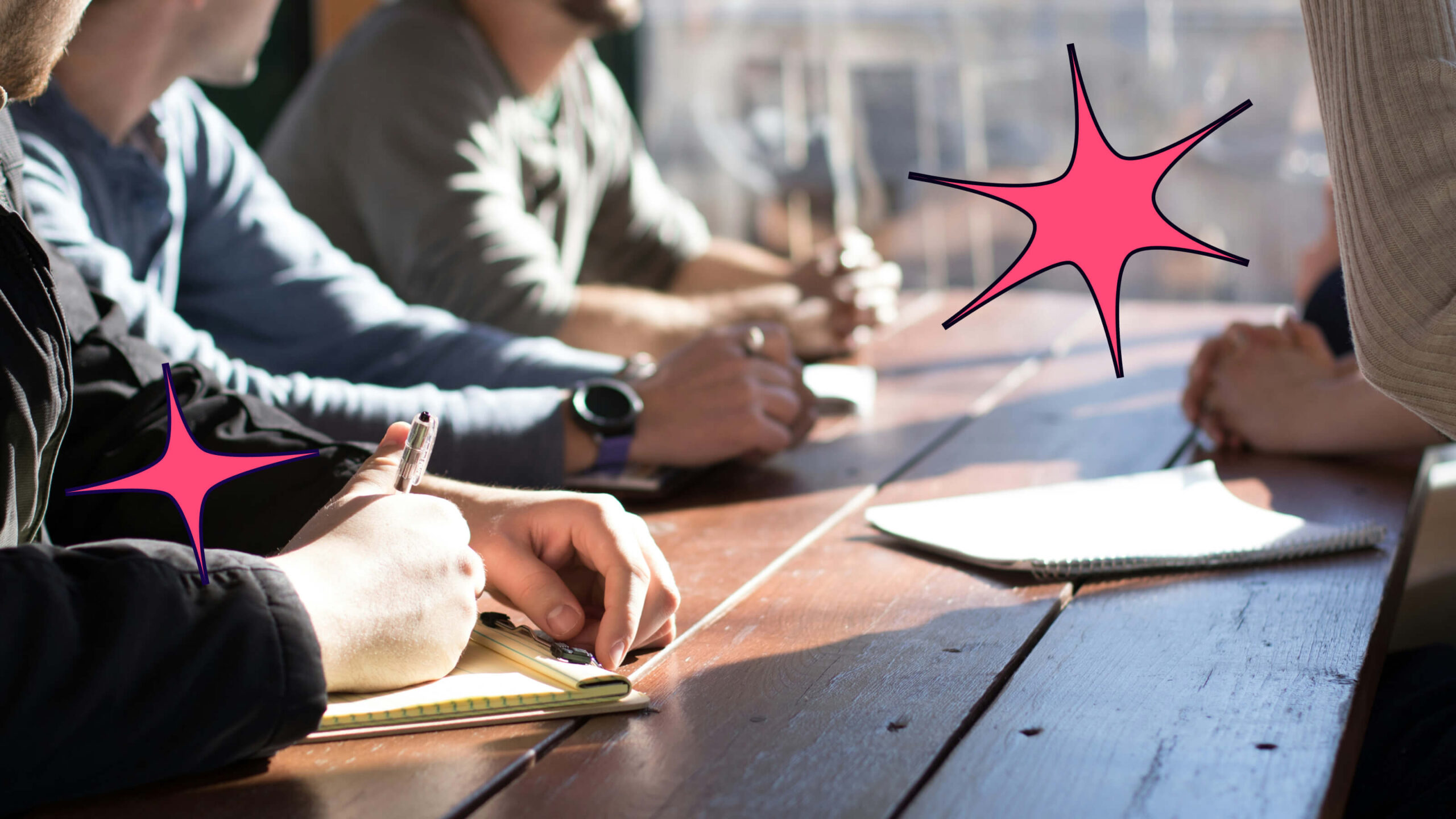At Pendo, we’ve harnessed the potential of session replays to transform the way our product designers—like me—work. Pendo Session Replay has become an invaluable tool in our day-to-day operations, helping us gain insights, validate hypotheses, and create a user-centric experience. Let’s dive in.
The evolution of product design with Session Replay
In the fast-paced landscape of digital products, keeping a finger on the pulse of user behavior is more crucial than ever. And Pendo Session Replay is a powerful tool for a designer’s arsenal that allows them to visualize and analyze user interactions, at scale.
Session Replay has been a game-changer for us product designers here at Pendo. Through the recreation of a user’s journey in our product, Session Replay allows us to get an unbiased look at how our users are actually utilizing and moving through the patterns we’ve so meticulously crafted for them. Our team even used Session Replay to craft our Session Replay product itself (I know, a bit meta!). And since then, we’ve further integrated Session Replay into all of our design workflows—revolutionizing our approach to how we build seamless and intuitive user experiences.
Understanding user behavior in real-time
Pendo Session Replay provides us with a unique window into the world of our users. By capturing their interactions with our product in real-time, we gain a comprehensive understanding of how they navigate, what features they prioritize, and where they encounter roadblocks. This firsthand insight allows us to make informed decisions—moving away from assumptions and embracing a user-centric design philosophy.
We receive an enormous amount of feedback from our customers. At times, it provides instant insights on what to prioritize and how to design a feature. But other times, it’s a bit harder to decipher the next move we need to take. In those moments, the data that Pendo captures often illuminates what the user was doing and why they might have left the feedback they did. Maybe they didn’t follow the “happy” designed path, or perhaps they ran into an unplanned experience resulting in an error? The analytics we collect provide solid evidence for the greater aggregate user journey. But when we need to dig a bit further, when we can’t quite put the data together, or when we need solid visual evidence, there’s no better place to go than the user journey itself.
Validating hypotheses with precision
As we build hypotheses for what to build, we often rely on our understanding of our users’ journeys in our application. This can be informed by conversations with our customers, paths, or our previously designed “happy paths.” Now, with Pendo Session Replay, we can validate our assumptions with real-world scenarios. Whether it’s testing a new feature or refining an existing one, observing user interactions firsthand provides us with the unparalleled clarity we need to make the best decision.
Pendo Session Replay is also invaluable for helping teams do more with less, as more teams are charged to ship software faster and with fewer resources. It’s imperative that we don’t waste development time in the process. In times like these, prioritization becomes all the more important. And we need to ensure the activities in our roadmap solve the right user pains. Pendo Session Replay not only speeds up the development process, but ensures that we stay focused on the right problems—and that the designs we develop will resonate with users from the get-go.
A case study: Redesigning privacy settings
One of the most impactful outcomes of integrating Pendo Session Replay into our daily cadences at Pendo is the ability to see where users are struggling. Session Replay allows us to zoom in on the issues and hiccups that our users are facing—from UI glitches to navigation hurdles. And the ability to watch these user sessions in an unbiased manner empowers us to identify and address issues promptly and objectively. This iterative approach ensures that our product evolves in tandem with user needs, creating a continuous feedback loop for improvement.
During the beta phase of Pendo Session Replay, I watched replays daily to try and uncover how our users were navigating through the product—and the issues they faced along the way. I quickly noticed that users were struggling with the tool’s privacy settings. Initial feedback highlighted that our users’ time to value was too high. And while we heard this feedback, it wasn’t until diving into the related replays that we were able to determine why the privacy settings we had built weren’t meeting user needs.
With this new visibility into how users were really engaging with those settings, we were quickly able to conclude that our one-size-fits-all approach wasn’t working for many. Instead, some of our users were excelling, while others felt that they had a long, laborious task ahead of them. We used these observations to inform subsequent conversations with our users, examining their feedback and exploring potential solutions.
We were also able to take this evidence to stakeholders and use it to prioritize the development of new starting privacy settings that would allow all types of customers to onboard more efficiently and realize value more quickly. Ultimately, Pendo Session Replay gave us an unbiased view into the way our users were navigating through our product, and allowed us to validate the success (and identify the issues) of our initial privacy configuration settings. In short, utilizing visual evidence from replays of user frustrations built our empathy and spurred our urgency when looking to improve our experience.
A paradigm shift in product design
As we’ve experienced firsthand, Pendo Session Replay isn’t just a tool; it’s a catalyst for elevating the way product teams build and iterate. And it has ultimately ushered in a paradigm shift in how we approach product design here at Pendo.
By understanding user behavior, validating hypotheses, and swiftly addressing issues, we’ve created a more agile and responsive design process. We no longer have to wait for feedback from the customer, but instead can be proactive in our analysis of the products and features we’re shipping.
Want to learn more about Pendo Session Replay or see how you can use it in your own product design processes? Reach out to your Pendo account manager or request a custom demo here.


